The year's most wondrous space photography
From glittering Martian sand dunes to stunning star trails, 2016 was a good-looking year for the universe
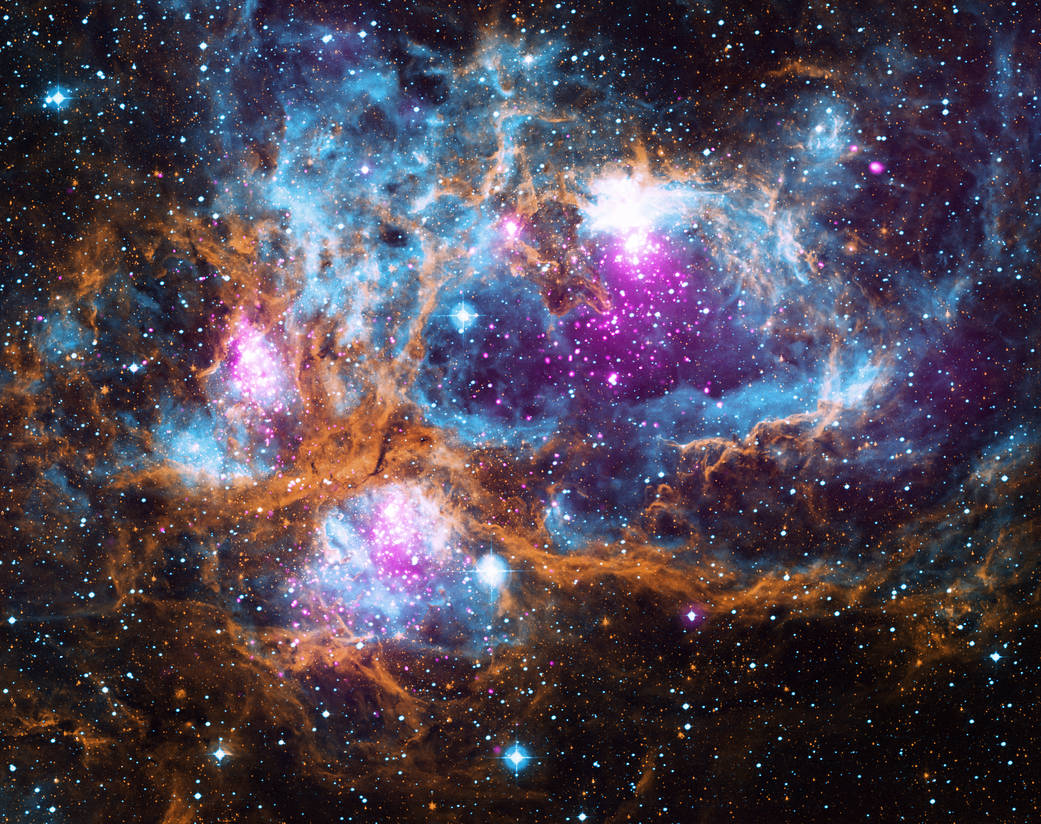
(Image credit: X-ray: NASA/CXC/PSU/L. Townsley et al; Optical: UKIRT; Infrared: NASA/JPL-Caltech)

published

(Image credit: (NASA/JPL/University of Arizona))
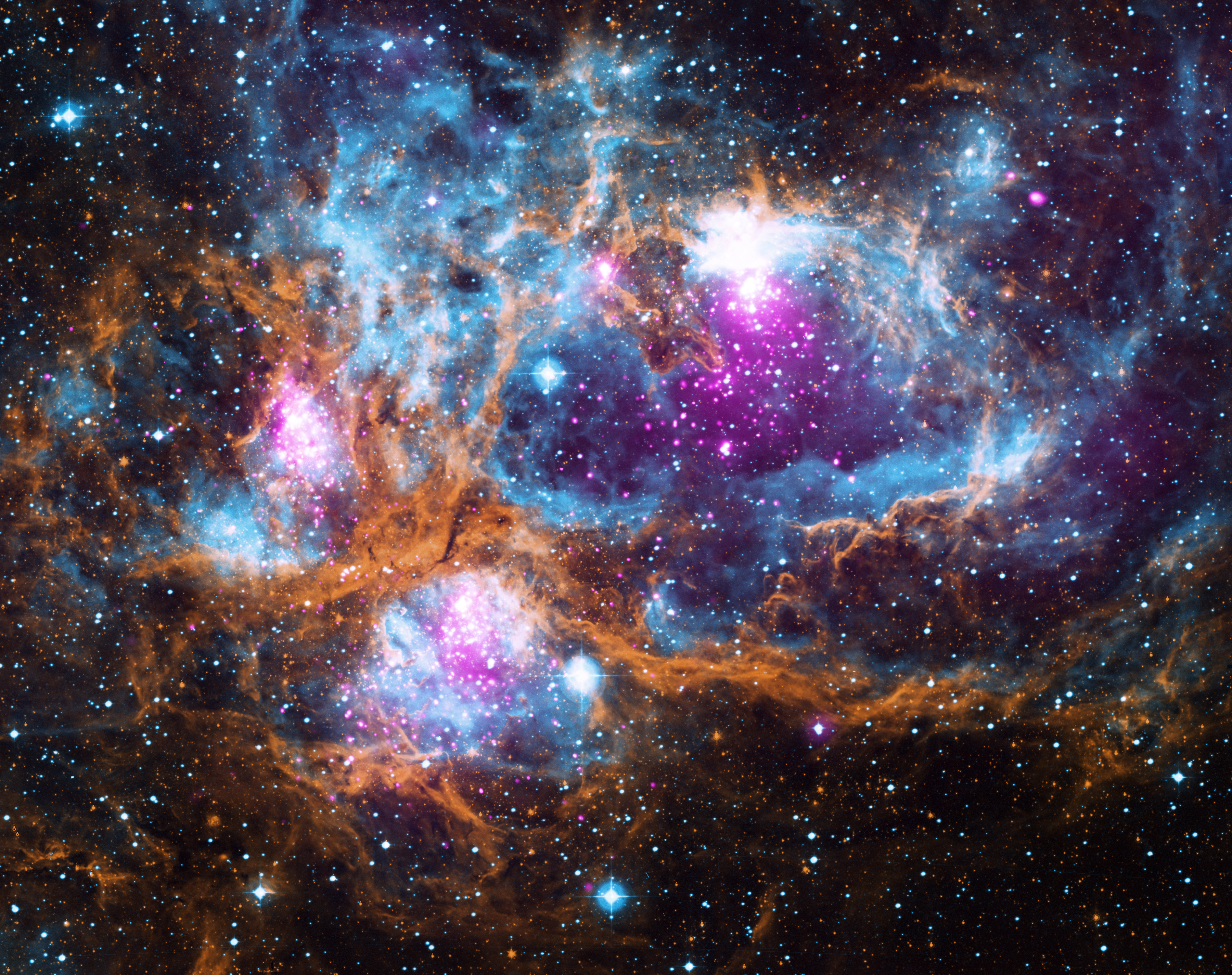
(Image credit: (X-ray: NASA/CXC/PSU/L. Townsley et al; Optical: UKIRT; Infrared: NASA/JPL-Caltech))
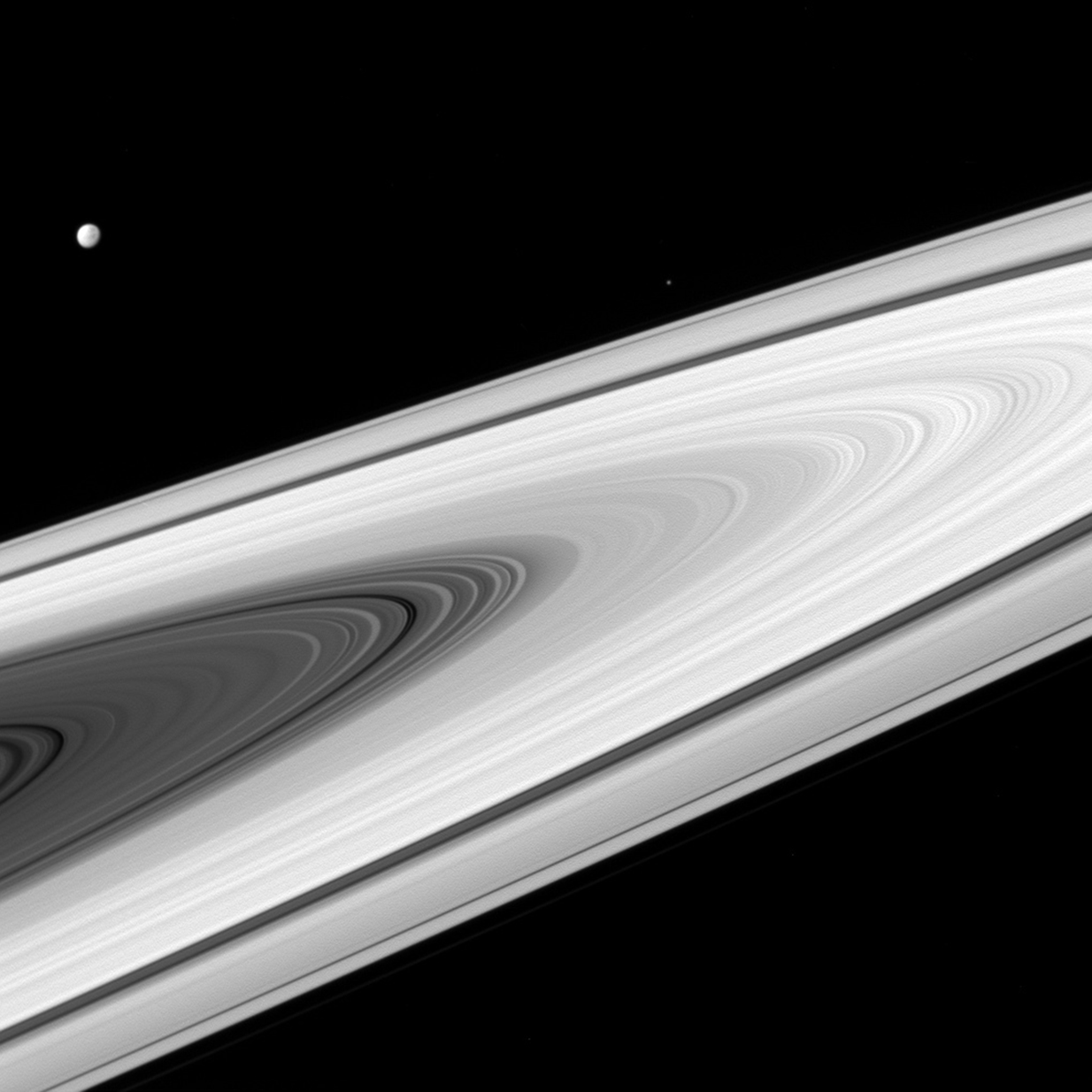
(Image credit: (NASA/Cassini Imaging team))
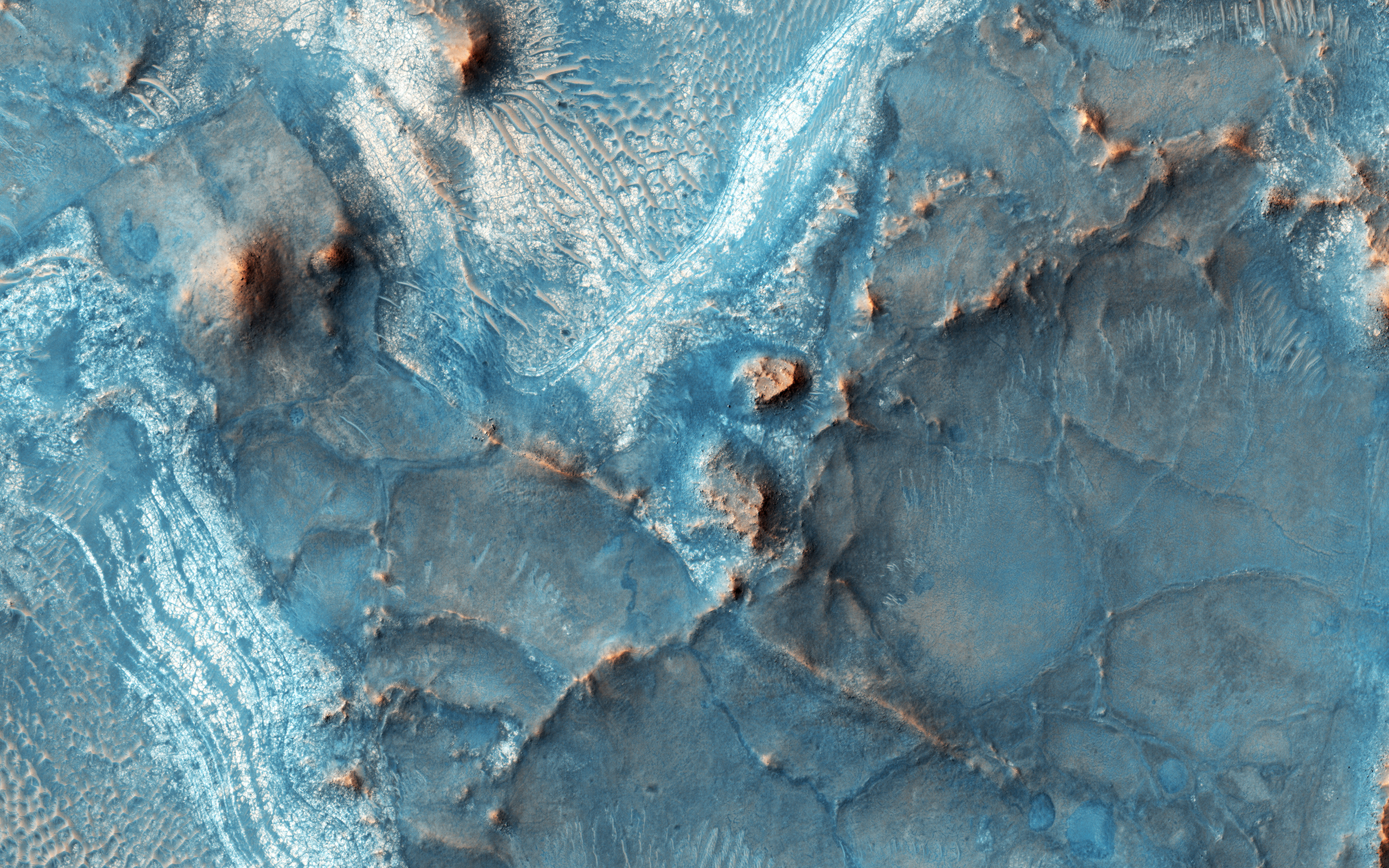
(Image credit: (NASA/JPL-Caltech/Univ. of Arizona))
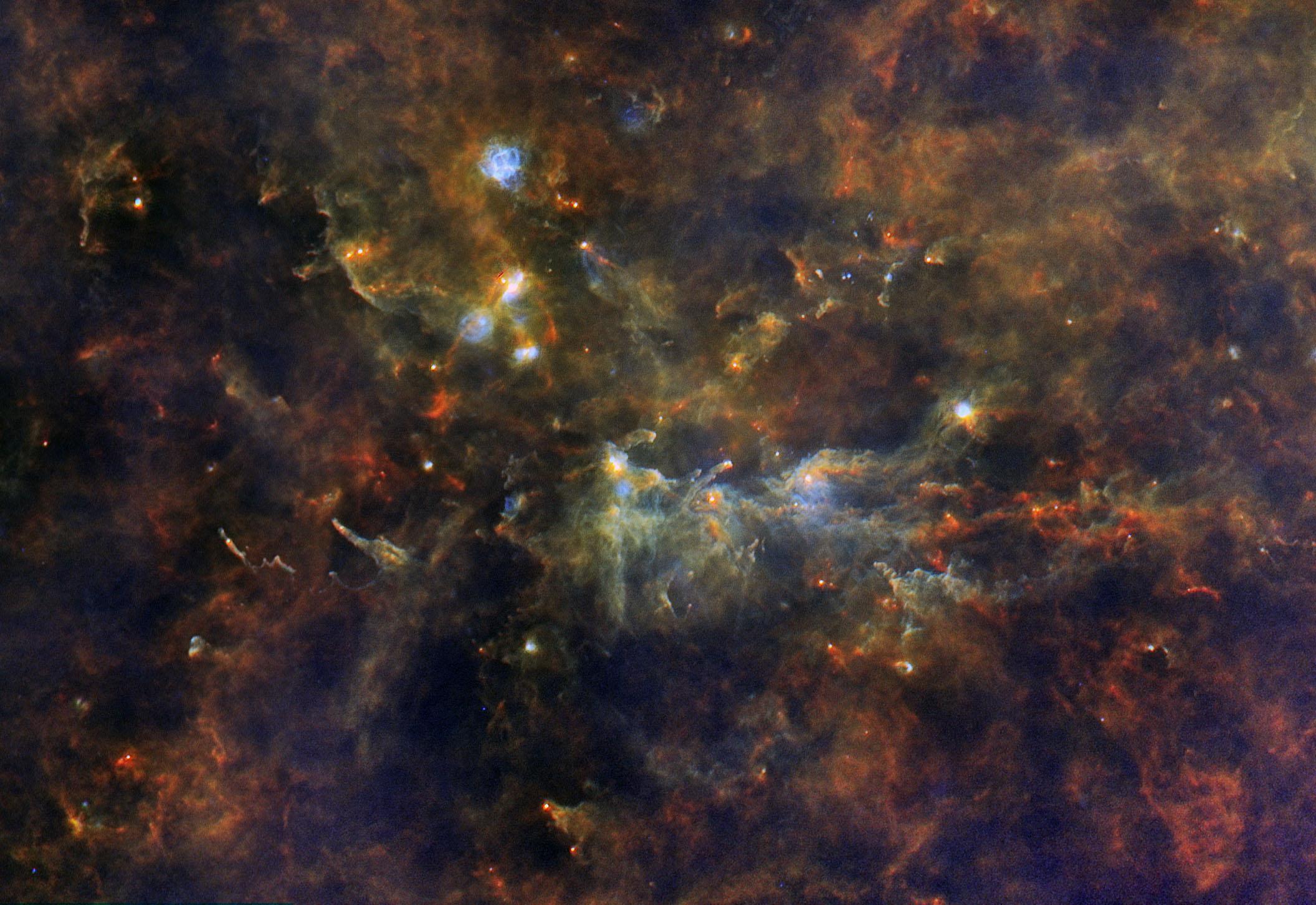
(Image credit: (ESA/Herschel/PACS, SPIRE/Hi-GAL Project))
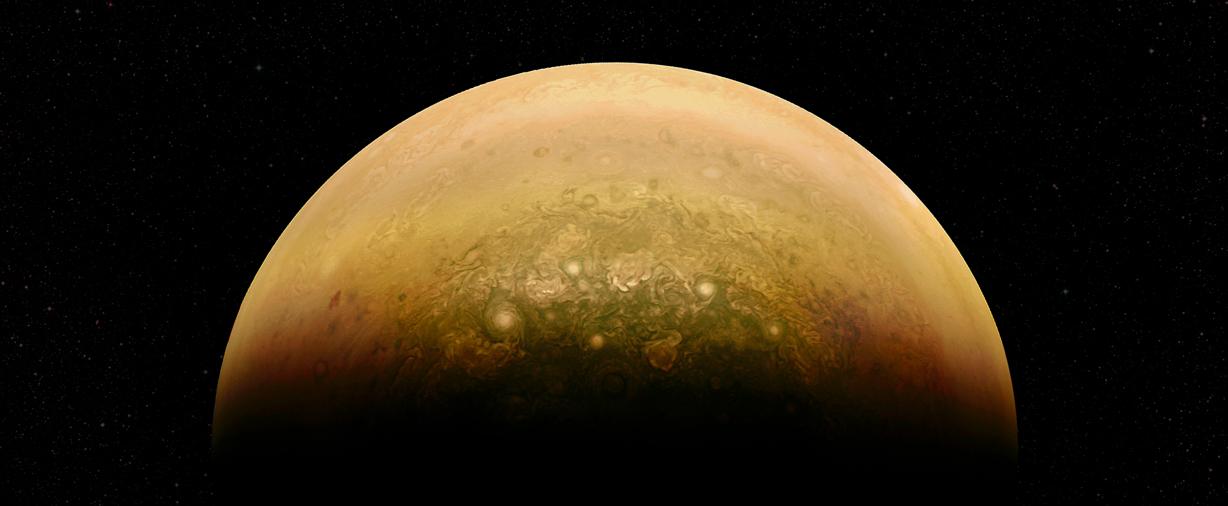
(Image credit: (NASA/JPL-Caltech/SwRI/MSSS/Mai))
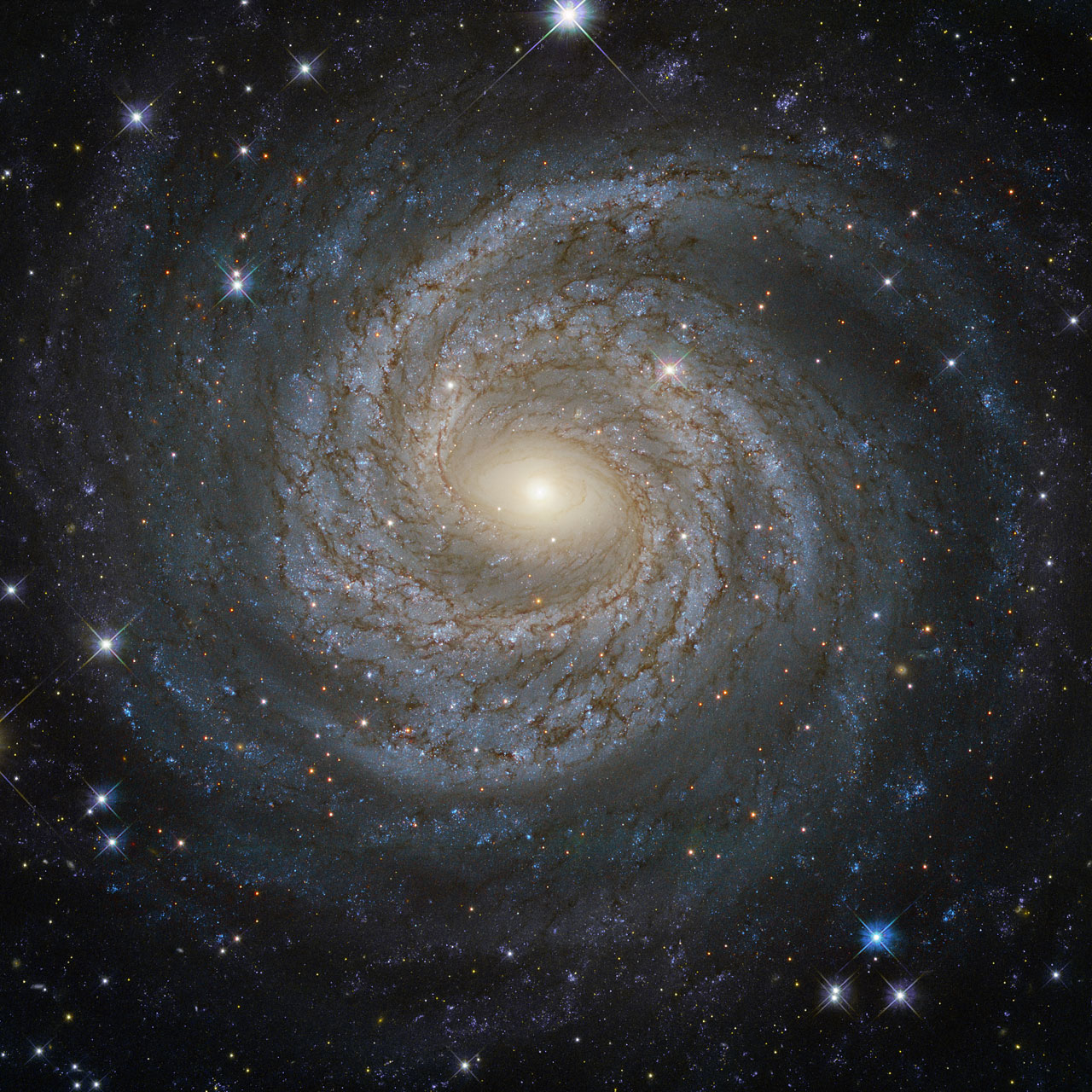
(Image credit: (ESA/Hubble & NASA; Acknowledgement: Judy Schmidt))
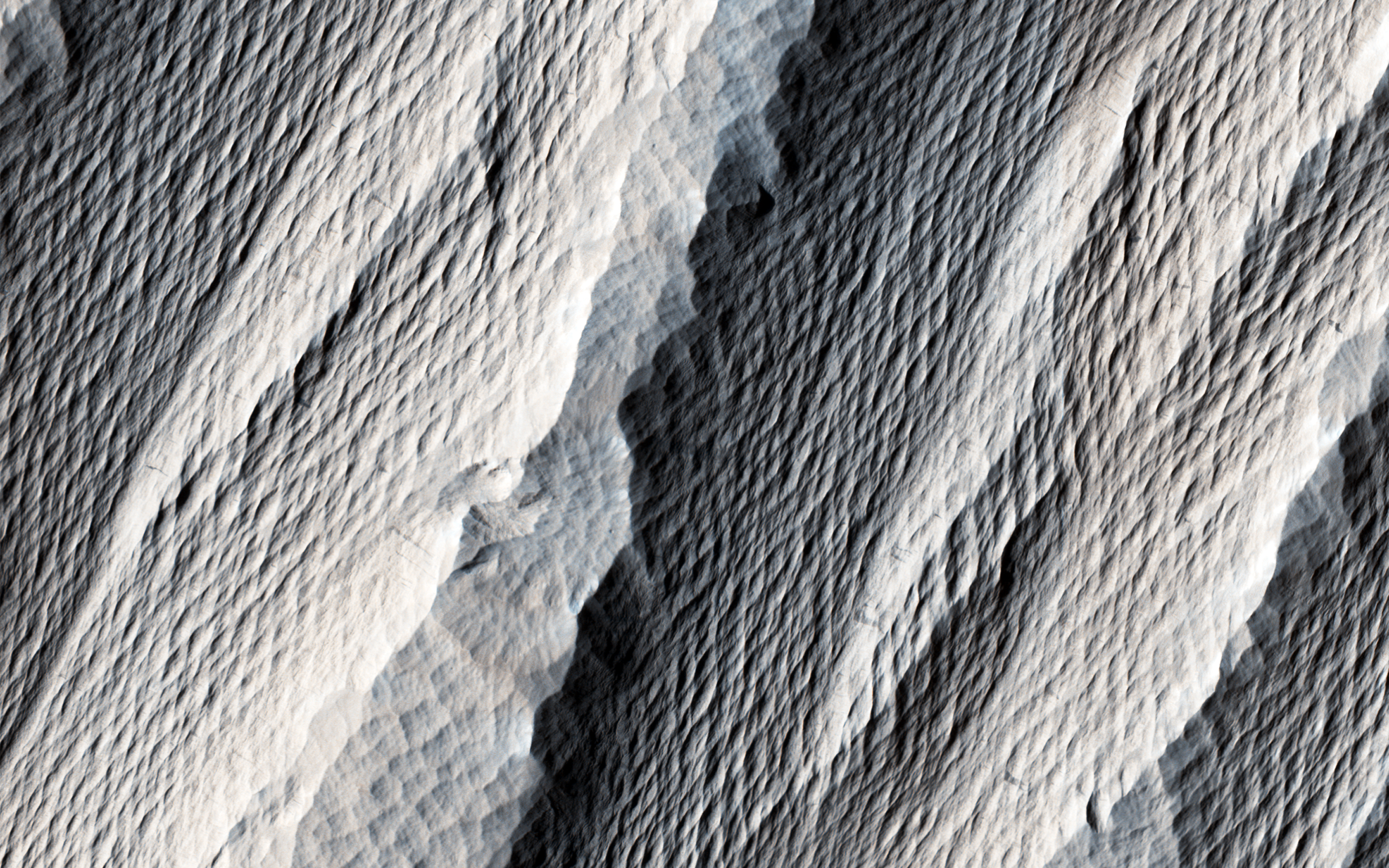
(Image credit: (NASA/JPL/University of Arizona))
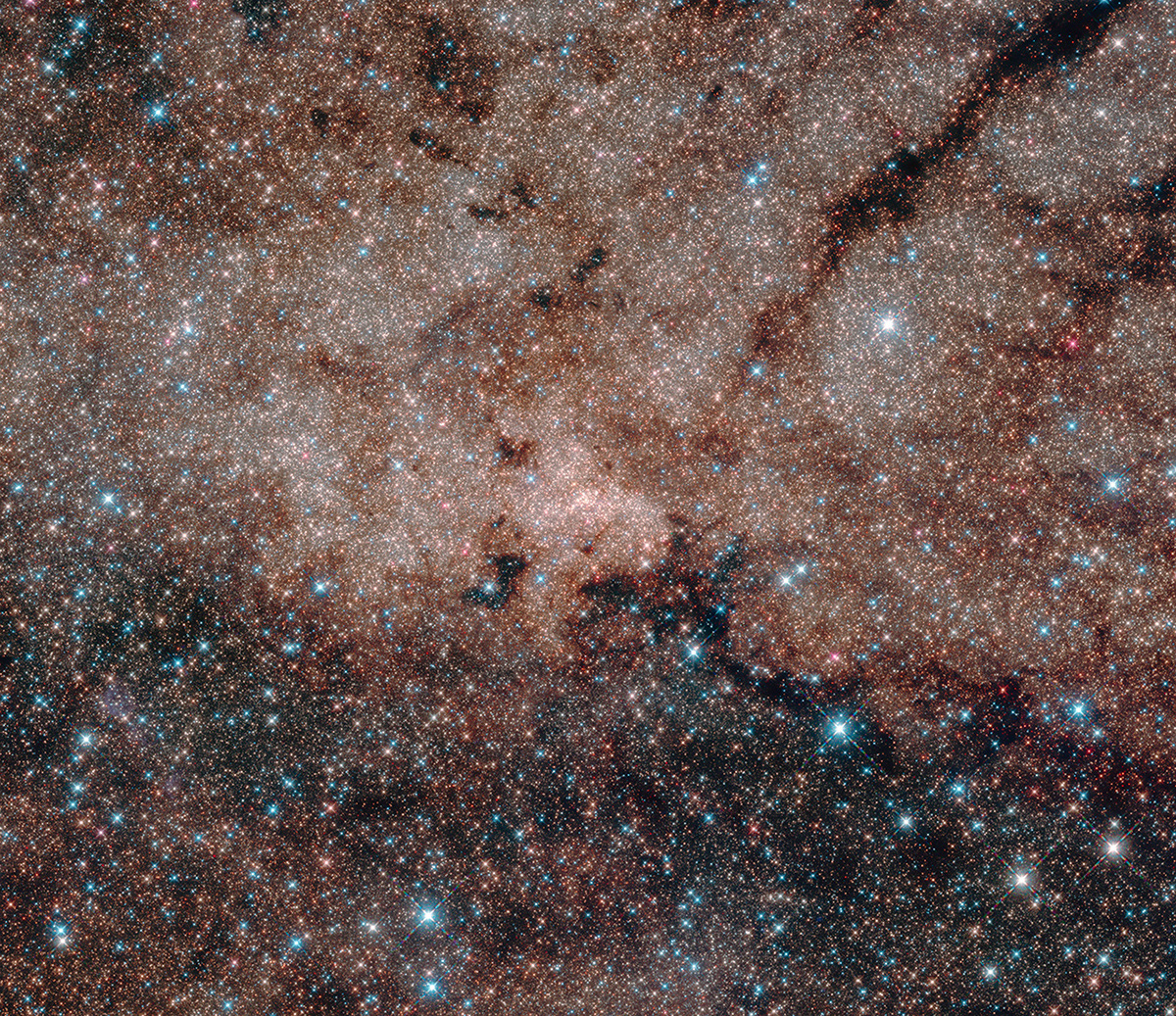
(Image credit: (NASA, ESA, and Hubble Heritage Team (STScI/AURA, Acknowledgment: T. Do, A.Ghez (UCLA), V. Bajaj (STScI)))
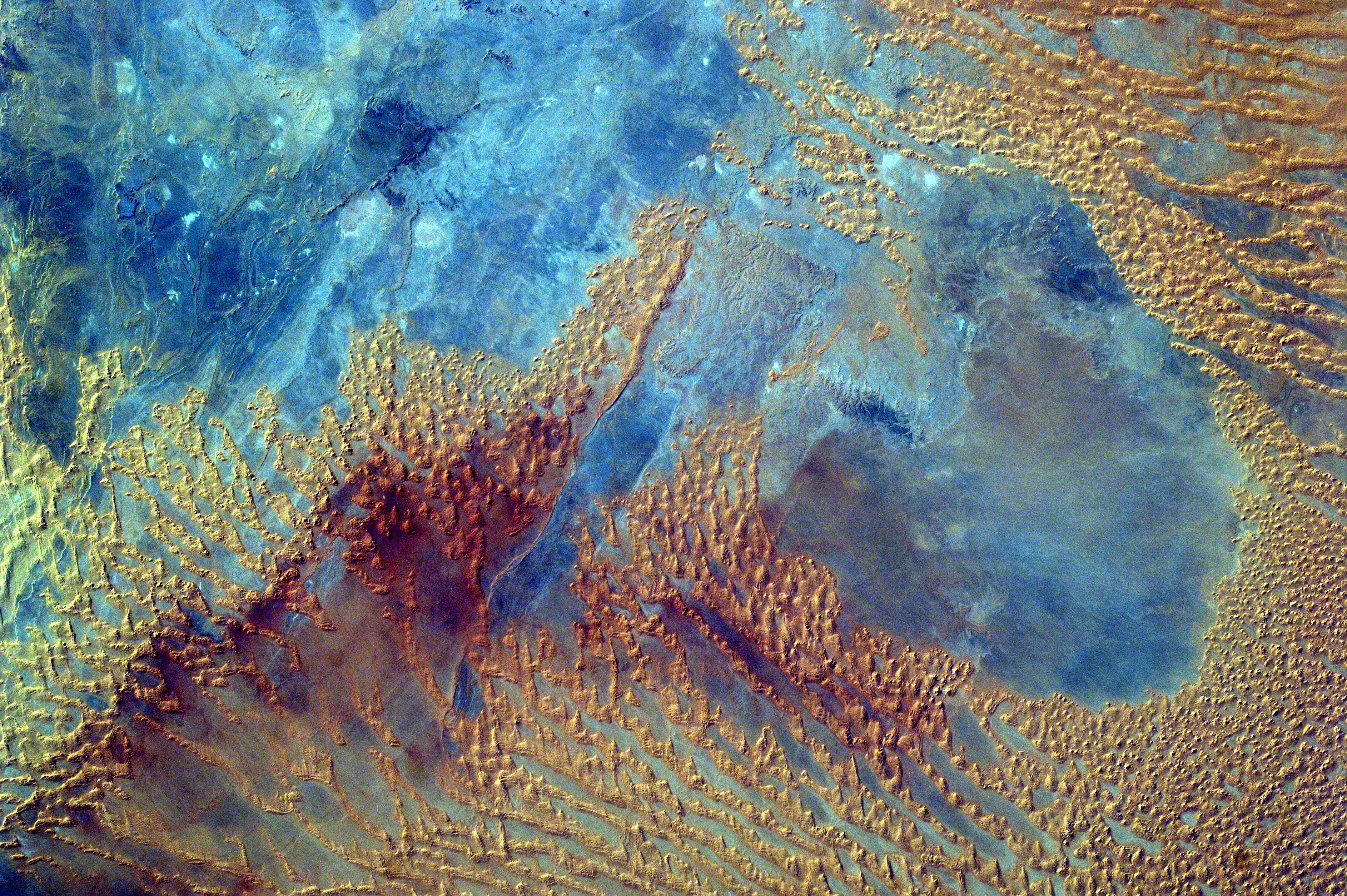
(Image credit: (Sally Ride EarthKAM))
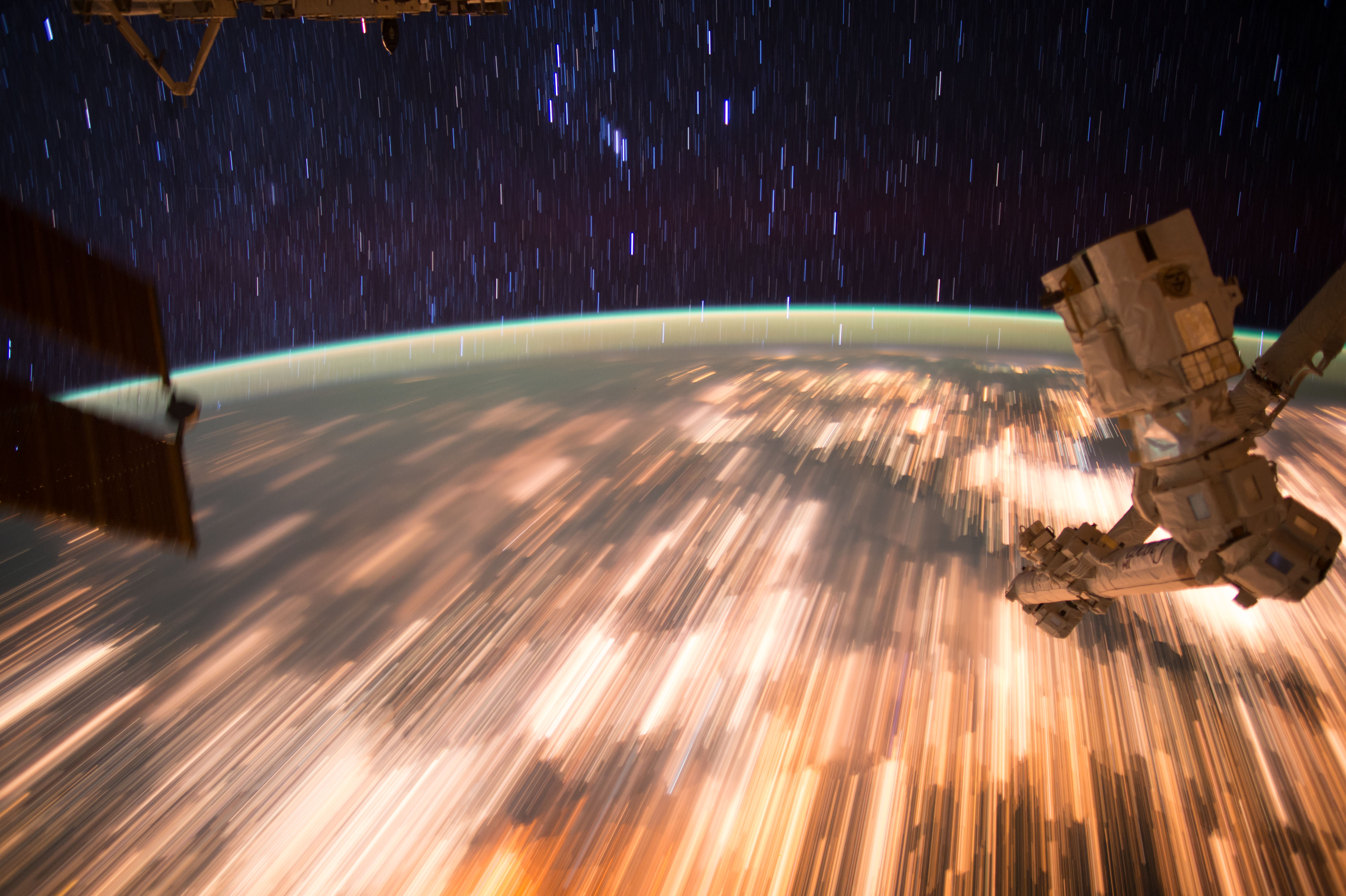
(Image credit: (NASA))
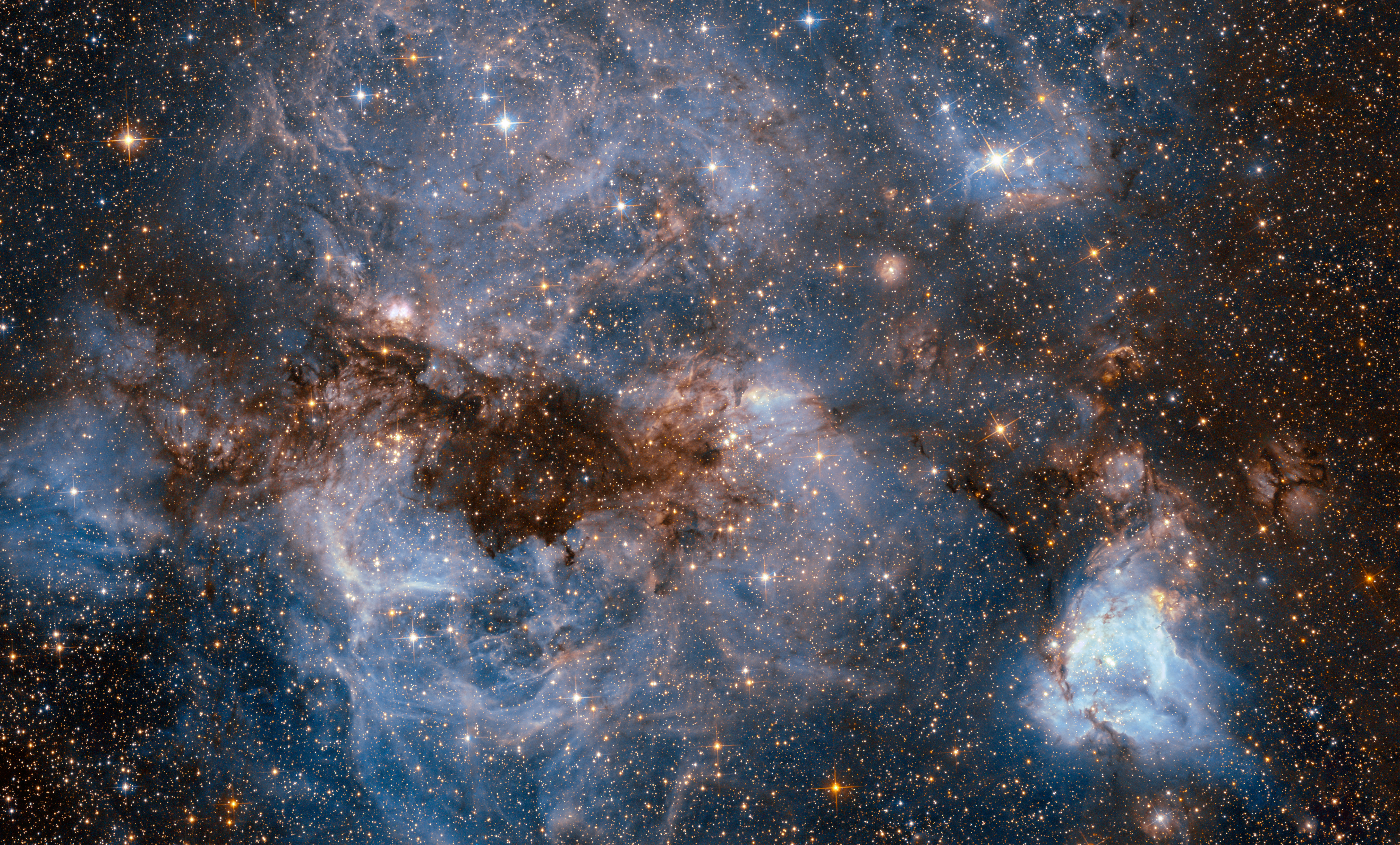
(Image credit: (ESA/Hubble & NASA))
Sign up for Today's Best Articles in your inbox
A free daily email with the biggest news stories of the day – and the best features from TheWeek.com
Lauren Hansen produces The Week’s podcasts and videos and edits the photo blog, Captured. She also manages the production of the magazine's iPad app. A graduate of Kenyon College and Northwestern University, she previously worked at the BBC and Frontline. She knows a thing or two about pretty pictures and cute puppies, both of which she tweets about @mylaurenhansen.



